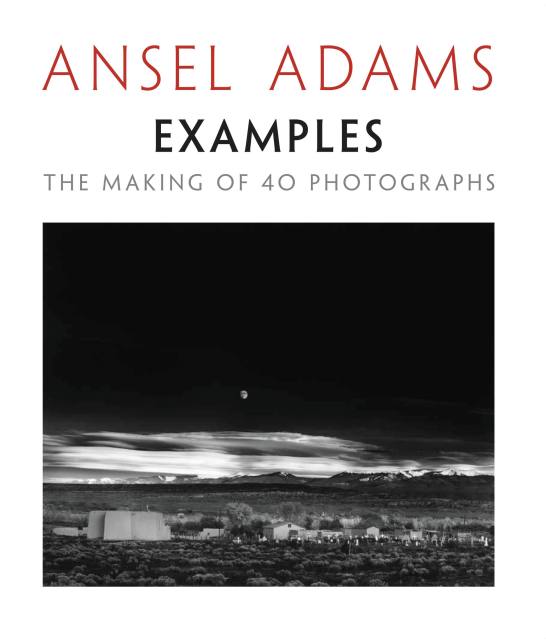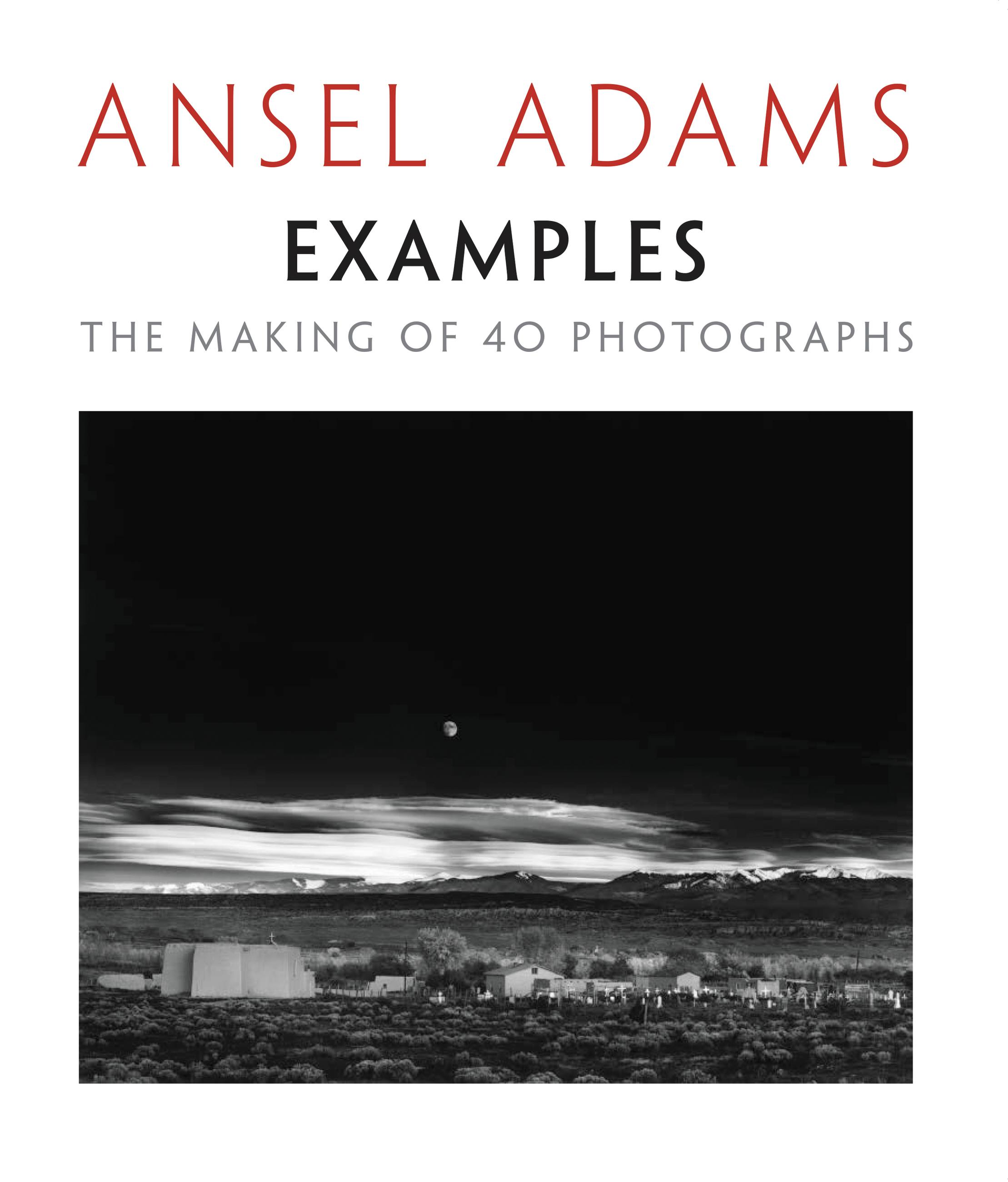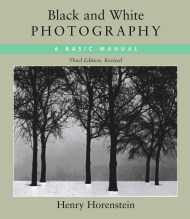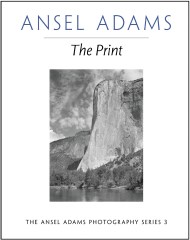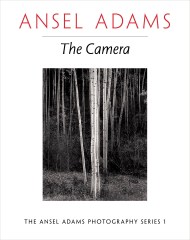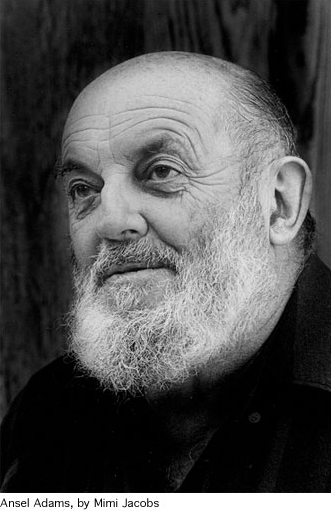Promotion
Use code MOM24 for 20% off site wide + free shipping over $45
Examples
The Making of 40 Photographs
Contributors
By Ansel Adams
Formats and Prices
Price
$60.00Price
$75.00 CADFormat
Format:
Trade Paperback $60.00 $75.00 CADThis item is a preorder. Your payment method will be charged immediately, and the product is expected to ship on or around May 30, 1989. This date is subject to change due to shipping delays beyond our control.
Also available from:
"How did you make this photograph?"
This is a question that Ansel Adams was asked repeatedly throughout his lifetime. In Examples: The Making of 40 Photographs, Adams shares the circumstances surrounding the creation of many of his most celebrated images. Each classic photograph is superbly reproduced and accompanied by an entertaining and informative narrative that combines his own reminiscences of people and places with precise recall of technical details and aesthetic considerations.
Readers will be fascinated by the personal side of the text, which includes a great deal of history and anecdote, including appearances by Alfred Stieglitz, Georgia O'Keeffe, Edward Weston, and other notable figures such as Edwin Land of Polaroid. Pondering these essays conjures the sense of standing by Adams’ side during some of the most pivotal and profound creative moments of his life in photography—a master class with the legendary artist.
The specific technical information on camera and lens, filters, exposure times, developing, and printing provided in each example illustrates his approach and methods, and will help amateurs and professionals alike to advance their photography. Through this case study approach, Adams’ philosophy of craft and creativity unfolds; his credos of visualization, image management, and the Zone System are demonstrated; and the colorful story of a lifetime devoted to photography is revealed.
Genre:
- On Sale
- May 30, 1989
- Page Count
- 180 pages
- Publisher
- Ansel Adams
- ISBN-13
- 9780821217504
Newsletter Signup
By clicking ‘Sign Up,’ I acknowledge that I have read and agree to Hachette Book Group’s Privacy Policy and Terms of Use
